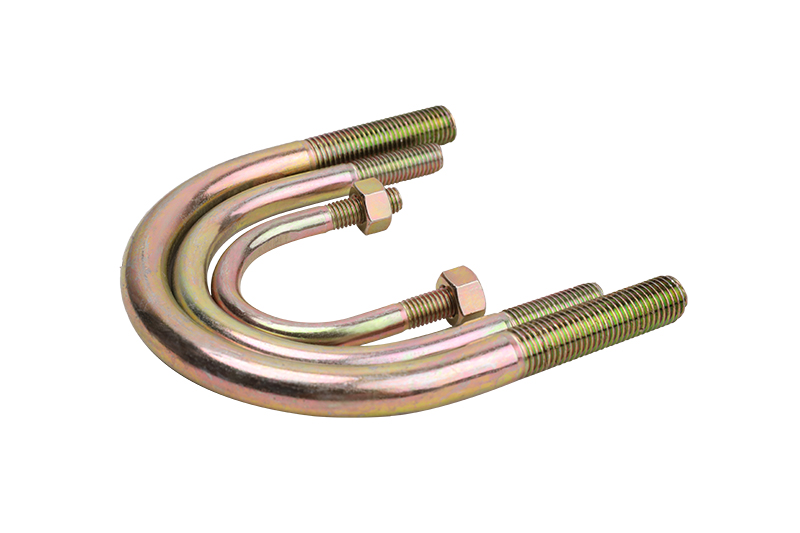A flange nut has a wide flange at one end which acts […]
A flange nut has a wide flange at one end which acts as an integrated washer. This wide flange distributes the pressure applied to the nut evenly across the part, reducing the risk of the nut loosening or damaging the part. In addition, flange nuts do not rust like a threaded nut does. Here are some tips for choosing a flange nut for your application.
One of the main benefits of this nut is its low cost. It is a versatile, low-cost option for securing flanges. The nut is relatively easy to install and requires very little assembly. The nut can be used with both standard and nonstandard bolt sizes. It can be installed in a variety of applications, from pipes to tanks. A flange is a common type of bolt. If you are using a flange nut, be sure to follow the manufacturer's instructions.
Another benefit of flange fasteners is that they prevent loosening due to vibrations. The serrated flange nuts are reuseable as long as you follow the manufacturer's instructions when reusing them. The width and thickness of the nut depend on the size of the serrated nut, which can be used over again. The flange nuts are also made of different materials. The internal threading of a flange nut measures Diameter - Thread Pitch. Make sure to choose the correct size for your flange fastener.
While flange nuts are similar to washers in many ways, they have a distinctive feature that makes them more useful in certain applications. For example, a flange nut's washer-like design prevents it from loosening during vibrations, and the flanged portion provides a greater bearing surface. The serrations on the flange nut add gripping power. When choosing a flange nut, it is vital to choose the same material and grade of bolt as the bolt to avoid loosening the nut and causing a problem.
Because flange nuts are reusable, you should never use them more than once. Always follow the manufacturer's recommendations and apply the proper torque for each nut use. If the nut is used several times, the torque value will gradually decrease. This may not result in a correct clamping force, so make sure to follow the manufacturer's recommendations for torque. In addition, flange lock nuts can be reused multiple times if used appropriately.
In addition to the advantages a flange nut offers over conventional nuts, it is easier to adjust them and remove them. It is unlikely that you will need to disassemble the nut. Flange nuts can be made of a variety of materials and are available in metric and imperial sizes. Their size is usually indicated in millimeters. There are some advantages to flange nuts and disadvantages to each.
Most flange nuts are hexagonal, though some are serrated. When tightened, the serrations on the flanges bite into the surface of the object being mounted. Serrated flange nuts, on the other hand, cannot be tightened by using washers. They cannot be used on surfaces that must be scratch-free. The serrated flange nuts can be tightened using a wrench or a ratchet of the appropriate size.
